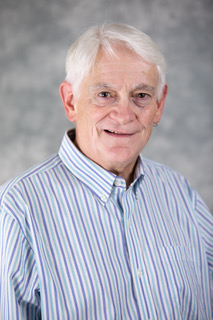Cited By
View all- Singh SRai MPandey JSaxena A(2024)Emotional Intelligence and Collaborative Dynamics in Industry 5.0 for Human-Machine InteractionsHuman-Machine Collaboration and Emotional Intelligence in Industry 5.010.4018/979-8-3693-6806-0.ch010(190-204)Online publication date: 30-Jun-2024
- Huang XZhang RLi YZhang BZhang JXu JXu S(2024)A Simulation and Training Platform for Remote-Sighted AssistanceSensors10.3390/s2423777324:23(7773)Online publication date: 4-Dec-2024
- Yu RLee SXie JBillah SCarroll J(2024)Human–AI Collaboration for Remote Sighted Assistance: Perspectives from the LLM EraFuture Internet10.3390/fi1607025416:7(254)Online publication date: 18-Jul-2024
- Show More Cited By




